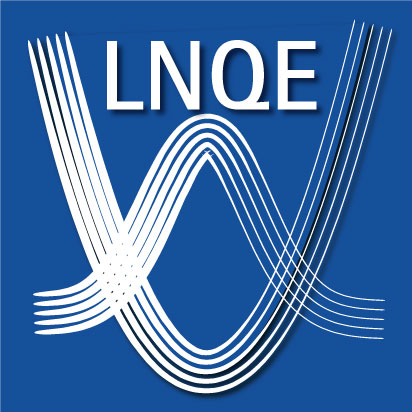The focus of this contribution is on mesoporous organosilica colloids functionalized by orthogonal and localized click-chemistry methods. The external zone of the particles is modified by a dye of the Hoechst family. The particles readily enter a mature biofilm where adduct formation with extracellular DNA and a resulting change in the fluorescence signal occurs, but they cannot cross cellular membranes such as in healthy tissue. A different dye suitable for photochemical reactive oxygen species generation, Acridine Orange, is covalently linked to the surfaces of the internal mesopores.
The theranostic properties of the materials including viability studies were investigated in vitro on mature biofilms formed by Pseudomonas fluorescens and prove the high efficacy. The presented system shows promising results in initial in vitro experiments and opens a novel perspective for the treatment of superficial infections.
Original article:
H. Bronner, F. Brunswig, D. Pluta, Y. Krysiak, N. Bigall, O. Plettenburg, and S. Polarz: Cooperative Functionalities in Porous Nanoparticles for Seeking Extracellular DNA and Targeting Pathogenic Biofilms via Photodynamic Therapy, ACS Appl. Mater. Interfaces 2023, 15, 11, 14067–14076
DOI: 10.1021/acsami.3c00210











